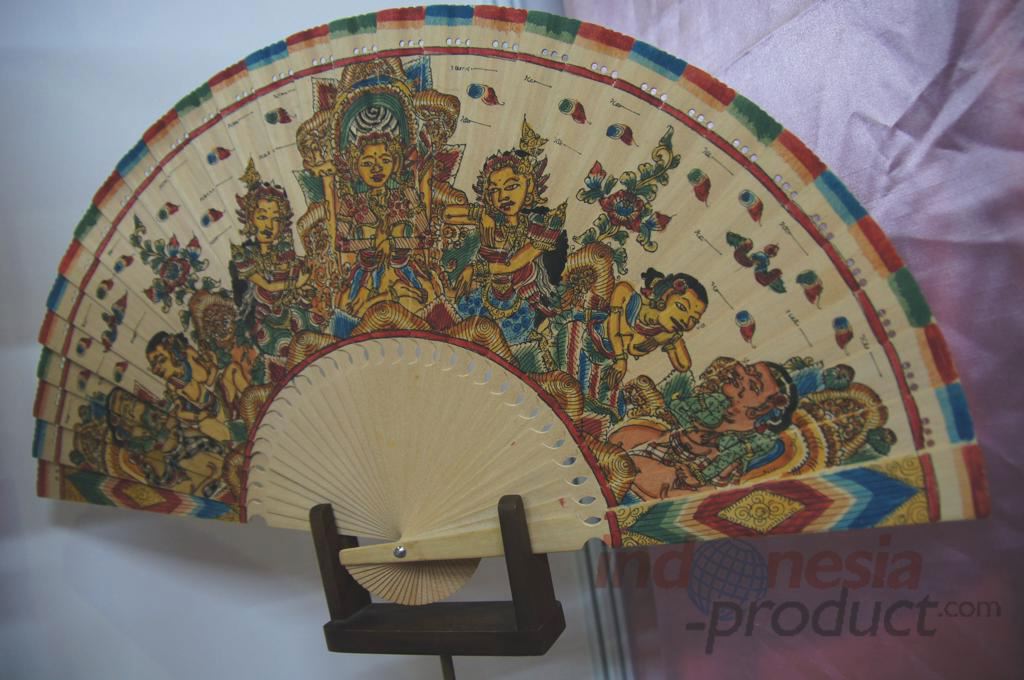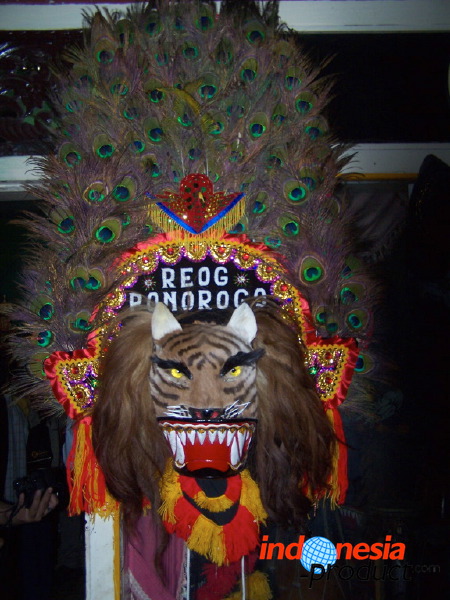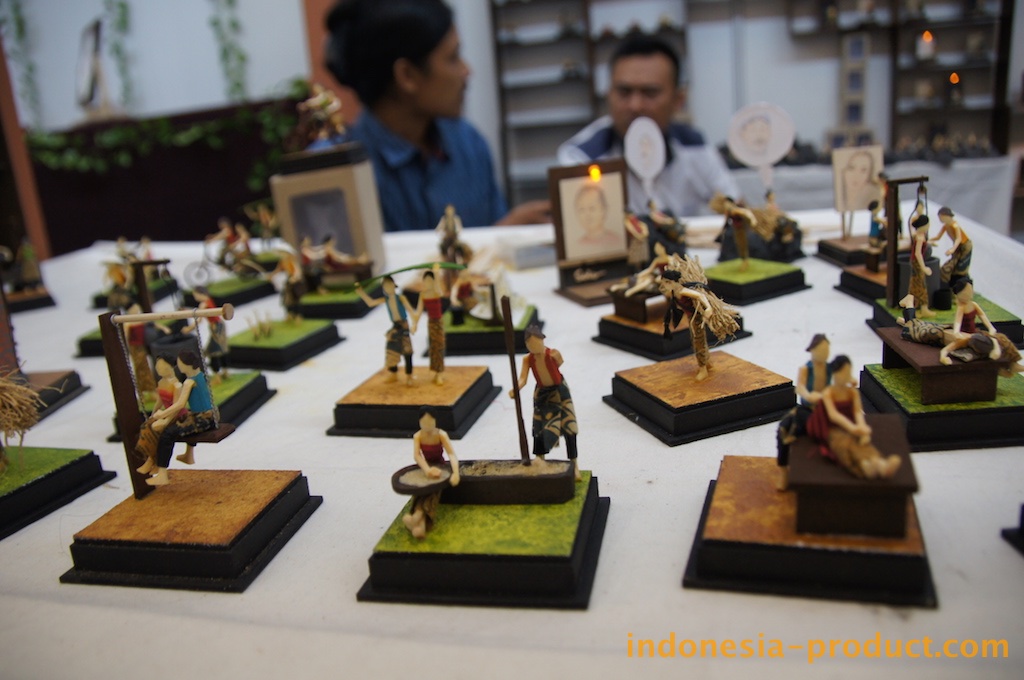P1-M cornhusk center in GenSan opens
MindaNews / 05 February 2014
GENERAL SANTOS CITY — A trading center for cornhusk handicrafts financed by the Department of Agriculture has opened here, Rue Ramas, president of the Corn Husk Association of the Philippines, said.
Costing P1 million, the facility was formally opened about two weeks ago in Barangay Lagao graced by Agriculture Secretary Domingo Panganiban and Ginintuang Masagana Ani (GMA) corn program director Jesus Binamira.Â
Both officials expressed optimism the center will further boost the chances of cornhusk handicrafts in penetrating the international markets.Â
Ramas, whose group was nominated for this year’s citywide Product Innovator Award, said the potential of cornhusk handicrafts is bright in the local and international markets.Â
According to her, the corn husks will help not only the handicraft industry but corn farmers as well, with the latter also earning from the waste products by selling them to handicraft makers. Â
She said the price depends on the quality of the husks. She recommended Bacillus thuringiensis (Bt) corn, a variety opposed by the Roman Catholic Church in South Cotabato and various non-government organizations and farmers groups for its alleged harmful effects to humans and the environment. Â
She noted that in some parts of the country clean husks from Bt corn sell as high as P20 per sack, while the unclean ones from the traditional varieties command a price of between P10 and P15 per sack. Â
“Farmers are advised to gather the corn husks and sell them to flower shops in the locality as they can be used as materials for novelty items. Specifically, the husks are transformed into attractive decorations after having painted with vibrant paints. The creative mind and skilful hand can make this material come to life,” she said. Â
“Collecting the husks is not expensive. The farmer and his family can do this job during their free time. Additional income is desirable. So, do not burn those money-smelling husks, make them usable instead.”
Corn husks are ideal for handicraft making since they have an interesting surface structure and natural color, she added.
The problem with burning corn husks is that it poses health and environmental hazards, she warned.Â
For one, the smoke irritates the eyes, the smell of burning corn husk induces difficulty in breathing and, worse, it becomes more hazardous when burned along the highway. Â
On the other hand, when dumped along the roads, heaps of corn husk become eye sores aside from being difficult to decompose, she said.





